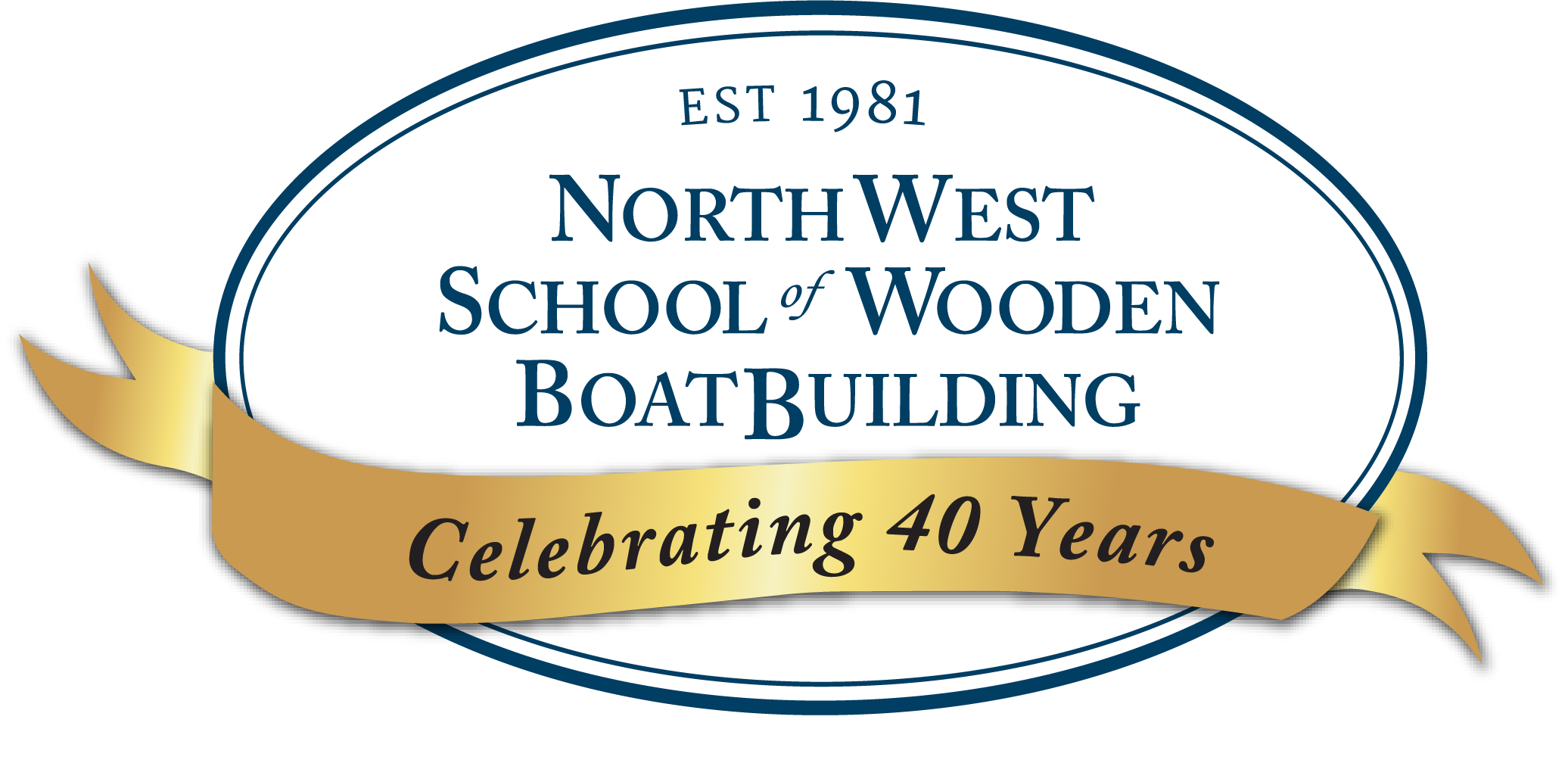Welcome to week three of wooden boat school. By now you’ve been entertained with joints of all variety, made a few hand tools—including a mallet sufficient for whacking any chisel, and struggled through a variety of power tool lectures that leaves one wondering if any of these devices may be employed without risk to life or limb…or at least all the digits on either hand. (More than one instructor has threatened that graduation is dependent up leaving a year from now with the same number of fingers as when you started. If the number was 10 on day 1, it better be 10 on day 365. Same is true if you enrolled with nine digits.)
 With that bit of wisdom firmly in hand—pun fully intended—we are encouraged to learn the fine art of making square timbers into spars. (For those of you not afflicted with a sailing addiction, the spar—boom or mast—is a stick upon which a sail is attached in a manner sufficient to create proper form for lift on a vertical plane. Aircraft depend upon a horizontal lift pattern—sailboats work on a vertical. In essence, you are “flying” sideways along the water. Ok, ok, enough of the nautical, back to woodworking.)
With that bit of wisdom firmly in hand—pun fully intended—we are encouraged to learn the fine art of making square timbers into spars. (For those of you not afflicted with a sailing addiction, the spar—boom or mast—is a stick upon which a sail is attached in a manner sufficient to create proper form for lift on a vertical plane. Aircraft depend upon a horizontal lift pattern—sailboats work on a vertical. In essence, you are “flying” sideways along the water. Ok, ok, enough of the nautical, back to woodworking.)
Just when you thought power tools are dangerous, welcome to the draw knife. Featuring a blade students have been encouraged to hone down to shaving quality, a draw knife will make short work of pine and fir in a manner of minutes. It also creates a pile of shavings that beg for a bonfire. Given Port Hadlock’s history, we are strongly discouraged from considering the option of burning—but a bag of the material did make it to my backyard. No need for gasoline when granted access to this kind of material.
So there we are, taking a perfectly good 4×4 and turning it into a rolling pin via the sharpest hand tools one can accumulate. Sounds simple. Take a sequence of measurements that turn the square into an octagon, then 16 sides and, finally, 32 that are shaved into a smooth feature perfect for rolling pie crust or pizza dough.

Right. Sounds simple. Execution is an entirely different manner. Particularly when sandpaper is off the agenda.
The class whizzes pull this off in a manner of hours. The rest of us get to ponder what constitutes circular and why the damn timber will not roll easily over a table top, less pass with the Jedi Knight (aka instructor) standing at the bench in front of us neophytes. Suffice it to say, much pine was left on the shop floor and more than one 4×4 went into the scrap bin as a failed rolling pin.
 Frustration aside, this was not a gesture of futility. Many of the finest tall ship sticks in the world are still working with timber spars and similar masts. Someone has to retain the skill necessary to manufacture replacements or we will all be condemned to fiberglass and aluminum. (Hmmm, perhaps “condemned” is too strong a term—what I meant to say was “constrained.” Must have been a Freudian Slip—my subconscious effort to preserve the world of wooden boats when confronted with the reality of modern convenience.)
Frustration aside, this was not a gesture of futility. Many of the finest tall ship sticks in the world are still working with timber spars and similar masts. Someone has to retain the skill necessary to manufacture replacements or we will all be condemned to fiberglass and aluminum. (Hmmm, perhaps “condemned” is too strong a term—what I meant to say was “constrained.” Must have been a Freudian Slip—my subconscious effort to preserve the world of wooden boats when confronted with the reality of modern convenience.)
In any case, something approaching round finally came from my knotty 4×4. It rolled across the table saw with minimal wobble and was suitable for squishing spiders and other insects that meander through the shop.
Such are the days of learning to recreate skills so common to those who resided in this area just a scant century ago. Fortunately the Ford 150 does not need a saddle or to be brushed and shoed on a regular basis—I would never make it to class on time if that were the case.
On to the next week of challenges—drafting up lines for a sailboat. Perhaps I can glean some of the secrets that made the Herreshoff name famous. Sketching has to be easier than sharpening and planing a 4×4 day after day.
Eric Anderson is a retired Air Force officer who can be found puttering in his shop when not scribbling on the keyboard. A new resident of Port Townsend, he is an avid sailor, struggling carpenter, and would-be writer.
_____________________________________________________________________
For more on the Herreshoff family and their boats, I strongly recommend reading: Roger C Taylor, 2015, L. Francis Herreshoff Yacht Designer, Mystic Seaport, Mystic Connecticut. A thoroughly engaging text, the story is woven together with a wonderful collection of pictures and the designs for a number of craft familiar to all of us who wander the sea.
